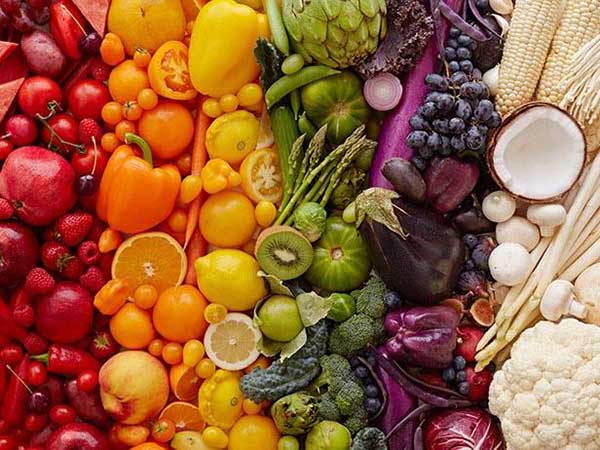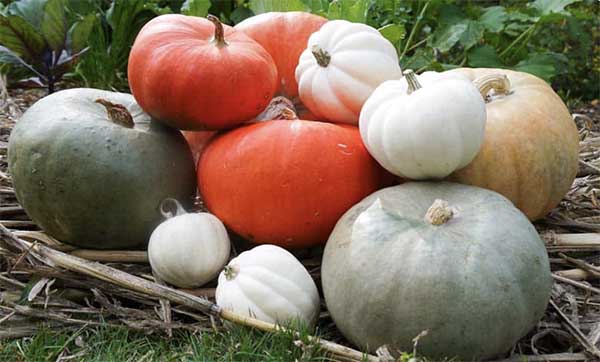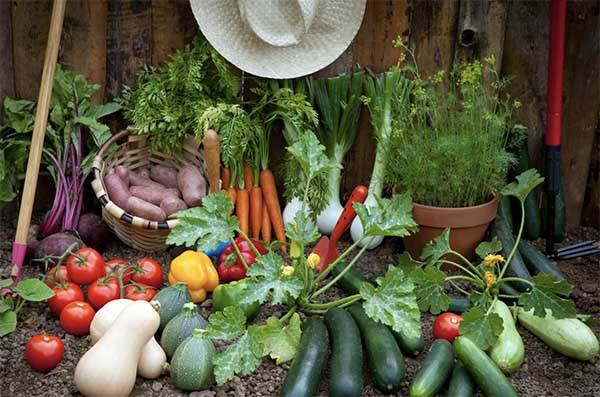10 Benefits of Growing Your Own Vegetables for Your Restaurant
If you own a neighborhood restaurant, you likely want to boost revenue while cutting expenses, entice additional clients, and cultivate local support among the many other benefits of growing your own vegetables for your restaurant. Your guests will not only enjoy greater tastes, but they will also experience great satisfaction because they can see where their food came from.
There is always a difference between buying vegetables from the local grocery and harvesting from your garden. Garden vegetables are fresh and bring a feeling of satisfaction for gardeners.
As explained below, we have compiled ten benefits of growing your own vegetables for your restaurant.
Save money on groceries.
Food that is “farm-to-table” has gained popularity in the culinary world. Gourmets prioritize fresh flavors, organic ingredients, and hyperlocal cuisine. Due to the short shelf life of herbs and vegetables, purchasing this from supermarkets or vendors may result in higher expenses.
Growing food in a restaurant kitchen garden can result in thousands in savings in product costs, refrigeration costs, and waste after accounting for expenditures associated with the infrastructure, soil, seeds, and upkeep of the garden.
Fresher, Better-Tasting Ingredients
The ingredients keep their potent flavors because they are grown just a few feet from your kitchen. Herbs that are stored on a shelf gradually lose their flavor. You can avoid the storage shelf by having a cooking garden, which leads to better-tasting ingredients.
Nothing feels good when preparing food than using the freshest vegetables. Your guests will always love tasting your salads.
Menu Flexibility
You are allowed to grow anything you want in your garden. Your chefs will be inspired, and you can grow uncommon, exotic, and difficult-to-find fruit. Doing this will save money and make your menu stand out as something special that people will want to eat.
People will continue to visit if ethnic food specialties and seasonally themed menu items are offered. Did we mention that doing this will enable you to generate even more money while saving a ton?
Larger Stock
Knowing where your food comes from is easy to achieve by growing your herbs and fruit. While other eateries are concerned about recalls or shortages, you’ll still have a huge stockpile. Additionally, you can produce unusual herbs that will give your food a distinctive flavor!
Environmental Benefits
Most people are aware that plants help clean the air we breathe, but using items from your own garden also reduces the amount of packaging that store-bought produce requires. Packaging reduction reduces waste.
In addition, many fragile herbs, mushrooms, and salad leaves are typically wrapped in boxes to prevent damage during shipment. The packaging, any waste from veggies that rotted in transit, and the carbon emissions from moving the food from the farm to the shop to your kitchen all add up.
The majority of food shipping vehicles require refrigeration, which uses a lot of energy. Additionally, they use a lot of fuel, which significantly raises pollution.
Green Marketing Potential
Aside from bringing in more customers and growing your business, marketing your locally grown, organic, pesticide- and fertilizer-free produce will also greatly impact your neighborhood. Additionally, it will assist you in creating a foundation of devoted clients who will support your initiatives and share your convictions.
Increase Your Overall Profits
Fresh, regionally farmed produce—especially organic produce—will fetch a premium from our customers. Not only are your production supply costs reduced, but you can also charge a little extra for fresh, hyperlocal cuisine.
Your neighbors can be your customers as everyone loves fresh grocery.
Free Landscaping
Gardens not only provide a practical purpose but also add lovely landscapes to any building. Customers will like the lush greenery and vibrant flowers in your eating area, especially if it is outside.
Sense of Fulfillment
You will always feel happier and uplifted after spending time outside. The sunshine and fresh air rejuvenate the skin. Additionally, taking care of a garden can result in a great sense of satisfaction and accomplishment. According to studies, gardening can elevate your mood and lower your risk of developing illnesses like depression. Even better, you may use the garden as a team-building activity to make your employees happier and more unified.
Composting
As part of a circular economy for recycling, kitchen gardens can promote composting. Eggshells, coffee grounds, old plant material, and vegetable waste combine to form the ideal natural compost for your garden. Before they decompose in the composting pit, vegetable scraps make great components for in-house soup stocks.
Conclusion
There are many more benefits of growing your own vegetables for your restaurant than the ones mentioned above. With the ease of access to both new and ancient technology, commercial kitchens have hardly any excuse to lack even a tiny vegetable or herb patch. Save on costs, landscape your restaurant and protect the environment by growing your own vegetables.


